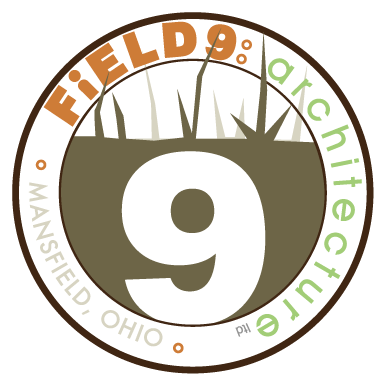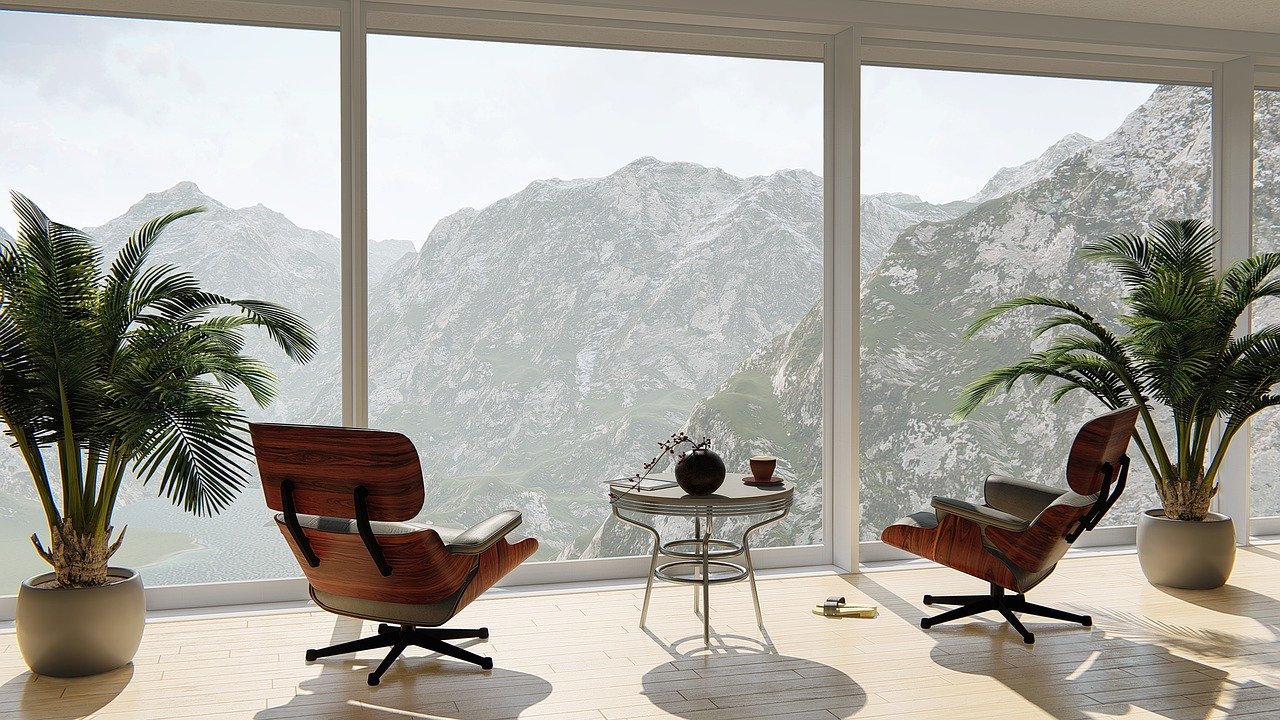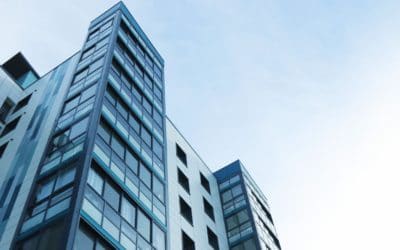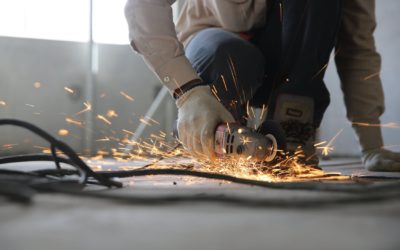The design standard called Passive House was developed in Germany with the first Passive House homes erected in the early 1990s. This standard is a type of green architecture that is known for its comfort, durability, and resiliency. It offers many benefits minimum-code construction cannot, and even has benefits over many other kinds of green architecture. And while it started with houses, Passive House can be used for more than just that. Passive House is a great choice both for the individual and for the planet. Click the headers below to learn more about the various subjects regarding Passive House.
What Is Passive House?
Passive House is a method of designing and constructing buildings that are exceptionally comfortable, healthy, energy efficient, and ecological. They achieve these goals through high standards for insulation, windows, airtightness, ventilation, and more.
Benefits of Passive House
Passive House buildings are known for their indoor air quality, their consistent temperature, and their minimal mechanical systems. They’re also known for the energy savings they afford the owner.
Passive House vs Standard Construction
The difference between a building built to minimum-code standards and one built to Passive House lies not only in how they were constructed, but also in what benefits they bring the occupant.
Why Passive House Is the Path to Greener Buildings
There are many different varieties of ecologically-minded buildings, such as LEED, Zero Energy Buildings, or Pretty Good House, but Passive House brings the most to the table when it comes to ecology and economy.
Passive House Is Not Just for Houses
Passive House is the right option for many different kinds of buildings, as varied as multi-family dwellings to restaurants to office buildings and more.






Recent Comments